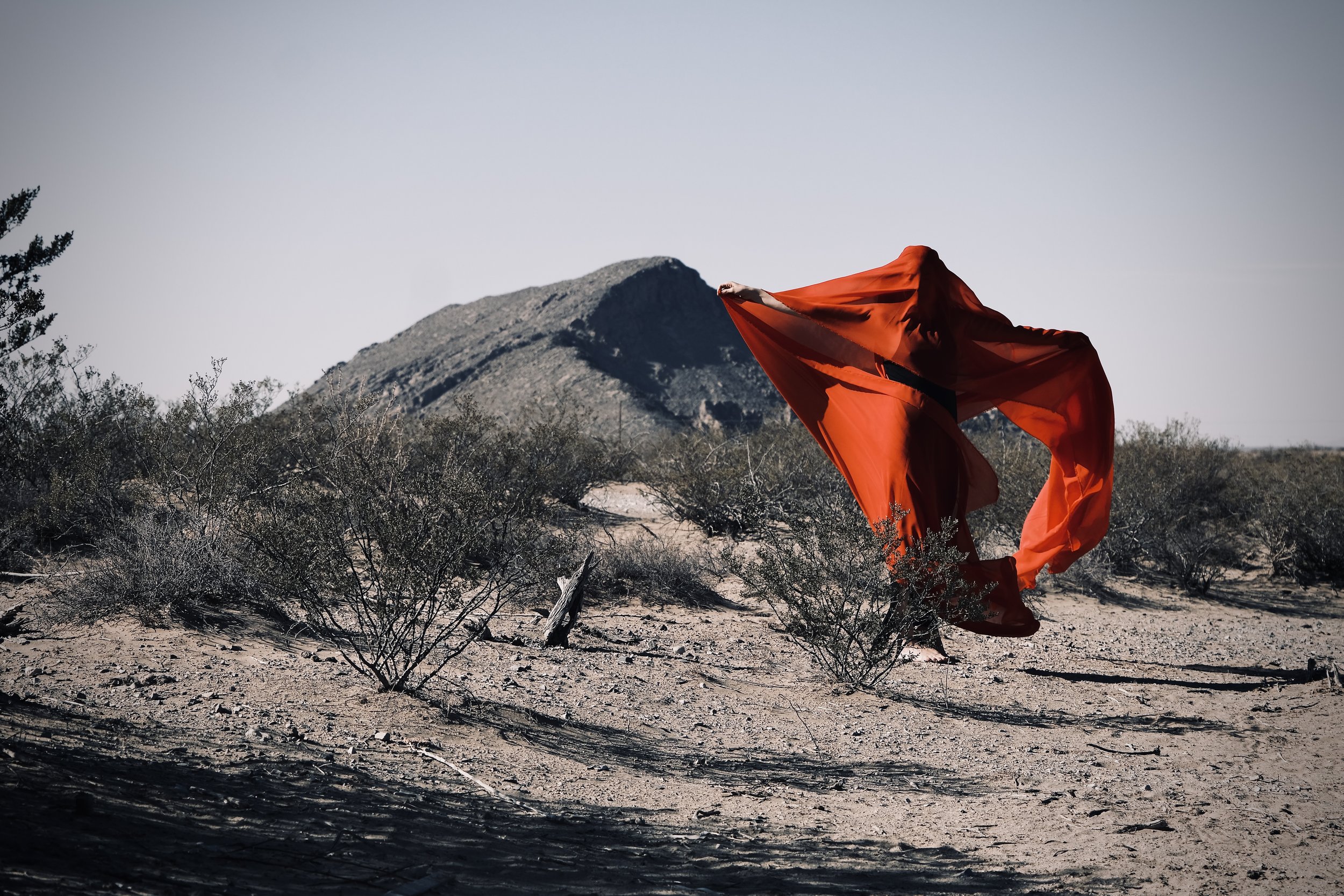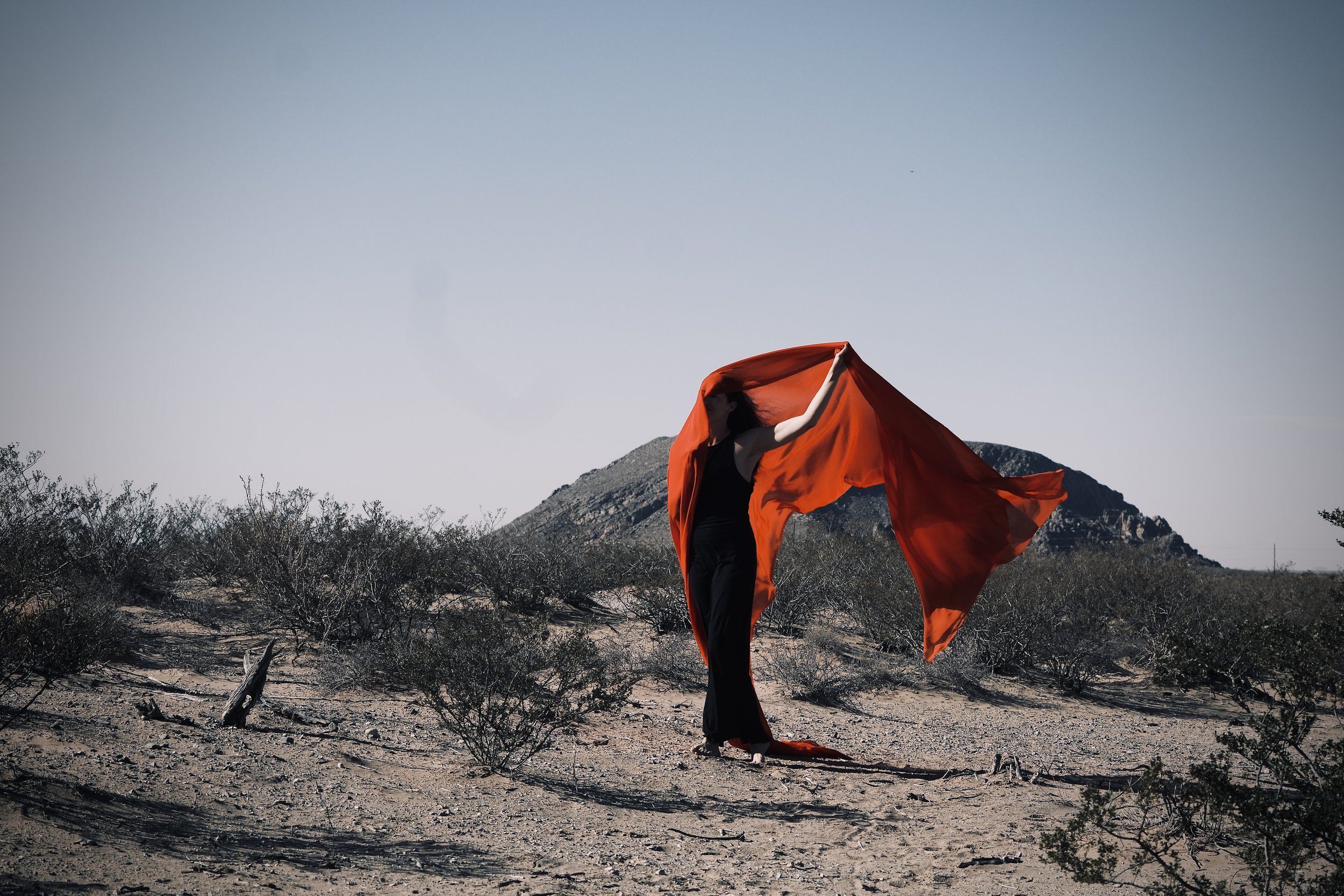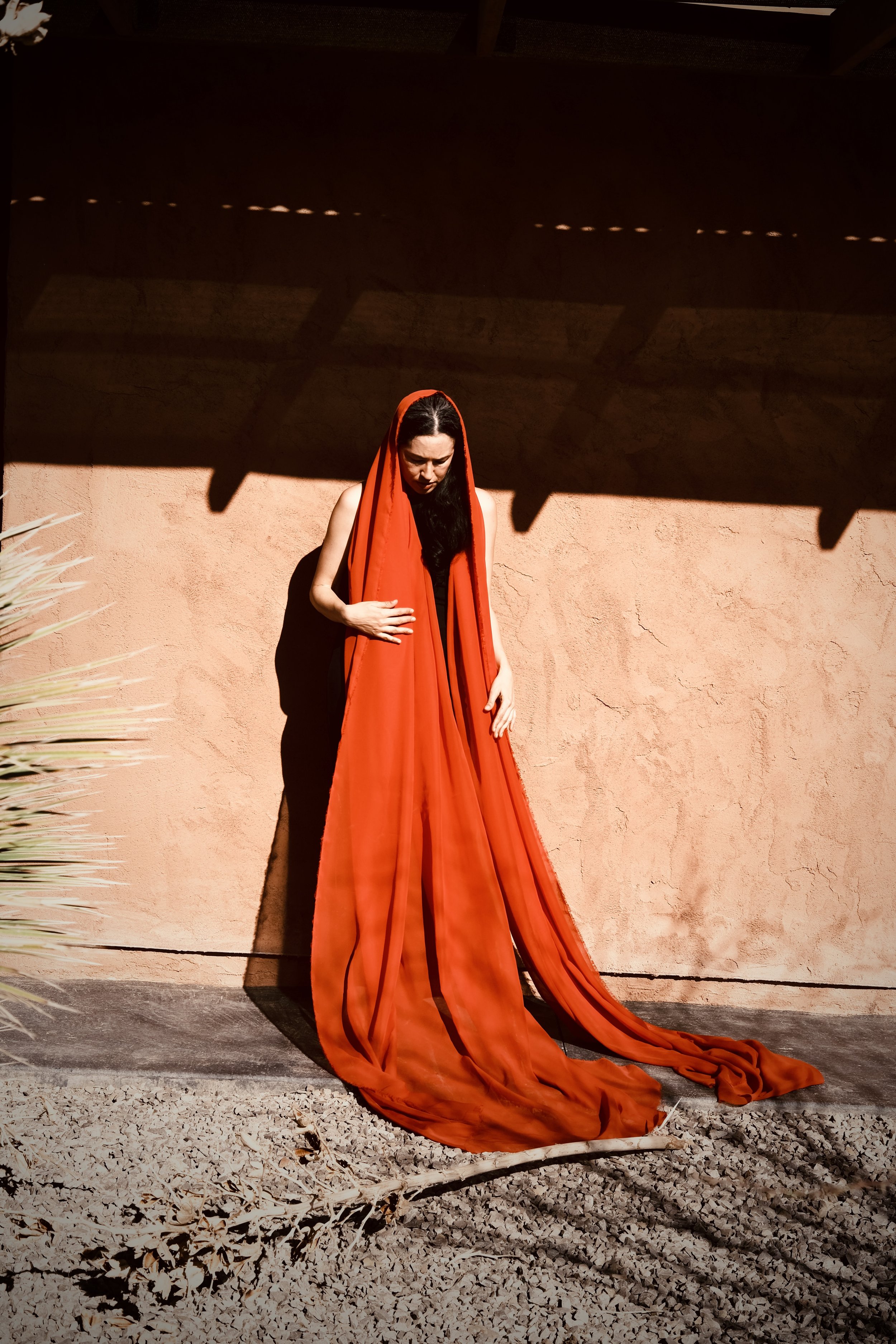Seven Devils In Your House
I think about Jayro Bustamante’s film La Llorona an unusual amount.
For any unfamiliar with the film, and without giving too much away, it’s a story that takes what we know about the lore behind La Llorona and presents it in such a new and compelling way. I probably sat silent on my couch for a solid fifteen minutes after I first watched it and just stared at the television. When I finally got up, I still didn’t have words to utter but I spent the rest of the night mentally chewing on the film and pondering the questions it asks audiences to grapple with. Questions that, as far as I’m concerned, deal with the ways in which societies throughout the course of history have too often made villains and scapegoats of women. That’s of course when those same societies haven’t been hypersexualizing them.
(Plenty of other marginalized groups of people are also villainized of course. This is another driving theme of the movie after all. For the purposes of La Llorona here though, I’m discussing women.)
Consider then that if so much of history as we’ve been told it and various records of the human experience as they’ve been transcribed and delivered to us have been by the hands of men…sometimes (perhaps often times?) even very bad men…what exactly can we say we know about “The Weeping Woman?”
They told us jealousy and betrayal drove her mad.
They told us she did a terrible thing.
They told us to be careful. She’d find you if you weren’t.
But who were ‘they’? And why did we ever choose to believe them?
I’ve been writing (in some form or another) about female rage for the past three years. It hasn’t been a conscious decision by any means and I suppose what that should tell me is that my own tempest within is very likely to be the driving force behind such work. Apart from my own writing, I also find myself gravitating toward other stories and mediums of art that deal with this theme.
Whether or not one finds anger to be useful is up to the individual of course but for me, as I’ve grown more and more into my 40s, I am finding untapped reservoirs of power and there is rage there. I have found, and continue to find, it useful.
“Hysteria”, long classified as a feminine disease, was not actually declassified as such until 1980, two years before I was born. That a woman would be extreme in her emotion or the expression thereof was to be considered so deeply fallen from the norm and true character of traditional definitions of womanhood, that women who showed such multitudes were labeled hysterical. (The Yellow Wallpaper anyone?)
So as I reflect yet again on Bustamante’s haunting 2019 film, I come back to the legend of La Llorona. Maybe she *will come for us. Whether by water or perhaps even across deserts. Maybe she *will find you, no matter where you run to. And perhaps she did go mad.
But maybe she is not the monster we need to be afraid of.
This is a series of photos, taken just outside El Paso, Texas. An ode to La Llorona.
Thank you to Alex Street for the camera assist. 2025.










